You Bad Habits Aren't Your Fault
& High Protein Chickpea Pasta with Parsley Pesto
I read a fascinating book this week called “The Power of Habit“. It is about neurological cravings and habitual behavior. The book looks atYour Bad Habits Aren't Your Fault exercise regularly, lose weight, become more productive and even achieve success just by understanding how habits work. Whether you are a smoker, chronic over-eater or problem drinker, you no longer have to beat yourself up for your harmful behavior. It is not your fault, and there is a science behind your unhealthy habits. I highly recommend the book. Here, are a few tips for breaking bad habits.
1. You need a goal – Lets say you want to quit smoking or over-eating. For example – you could sign up for a future 5k walk and stop smoking until after the walk. Accomplishing that single goal sends a powerful message to your brain.
2. Create new patterns – New patterns produce new urges. If you smoke after every meal – replace that activity with something new like exercising, meditation or a new hobby. Eventually, your brain will crave the new activities instead of the old.
3. Start using rewards – When you don't smoke that cigarette or eat the ice cream – reward yourself with something meaningful to you. If your brain starts replacing a craving with a reward – the reward is what the brain will crave.
4. Remove all harmful food, tobacco products, alcohol etc from your home, car and work.
5. Positive affirmations – Look in the mirror and praise yourself every morning and night for getting through another day without harming yourself. After awhile – your brain believes it.
6. Be patient – Breaking bad habits takes time. You can usually break a habit in 30 days, but that doesn't mean you won't ever think of it again.
For many people, an important aspect of quitting harmful habits is to find alternate ways to manage stress, anxiety, sadness or even boredom. Try online classes, art therapy and my favorite, meditation. It is a proven fact that a mindfulness meditation every day can help you get over stress and anxiety. Your brain is begging for ways to ramp down, so it can work more efficiently. I recommend starting with a guided meditation like this one. Close your eyes and just listen – you have nothing to lose.
http://www.youtube.com/watch?feature=player_embedded&v=pMEcMjbi7Gc
I have so many new recipes to share with you and I thought I would start out with this high-protein vegan pasta. It is easy, incredibly delicious and has over 10 grams of protein per serving. Preserved lemon can be found in any specialty store and last up to a year in the refrigerator.
- 8 ounces pasta of choice (brown rice pasta used here)
- ⅓ cup vegetable broth
- 2 teaspoons olive oil
- 15 ounce can of chickpeas, thoroughly drained
- 2 garlic cloves, minced
- 2 cups coarsely chopped, fresh parsley (or basil - or both)
- ⅓ cup toasted almonds, roughly chopped
- 2 cups loosely packed baby spinach
- 2 quarters preserved lemon, chopped (equal to ½ lemon; substitute zest + 1 tbsp lemon juice if no preserved lemons on hand)
- ⅓ cup reserved pasta water
- sea salt + freshly ground black pepper to taste
- Bring a pot of water to a boil. Add a drizzle of olive oil and then cook pasta according to directions.
- Reserve ⅓ cup of the cooking water and then drain. Set aside in pot to keep warm
- While pasta is cooking, heat a medium skillet over a medium low flame.
- Add two teaspoons olive oil. Add one clove of the minced garlic and stir for about 30 seconds, until fragrant. Add the chickpeas.
- Saute for about ten minutes, stirring occasionally.
- Meanwhile, prepare the pesto. In a food processor, dd the remaining clove of garlic with1/3 cup vegetable broth, parsley and almonds. Process to a coarse paste. Set aside.
- Toss the warm pasta with the spinach leaves to wilt them.
- Add the pesto, chickpeas, preserved lemons and gently toss. If it's a little dry, add some of the reserved pasta water or vegetable broth for creaminess.
- Season to taste with sea salt if desired, along with freshly cracked black pepper.
- Best served immediately.

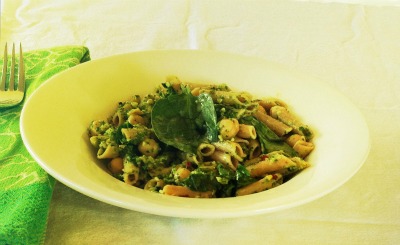
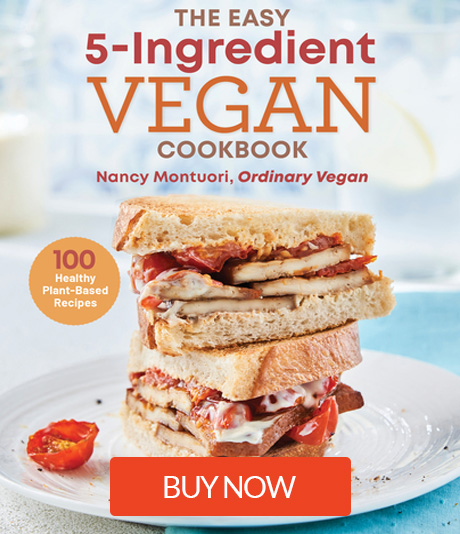
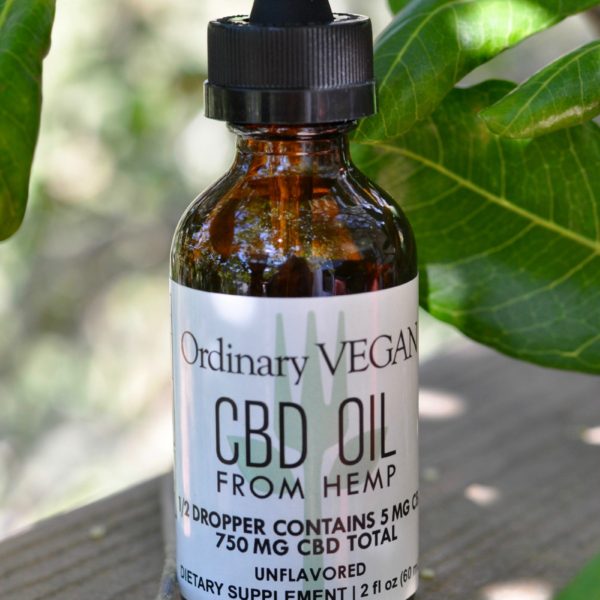
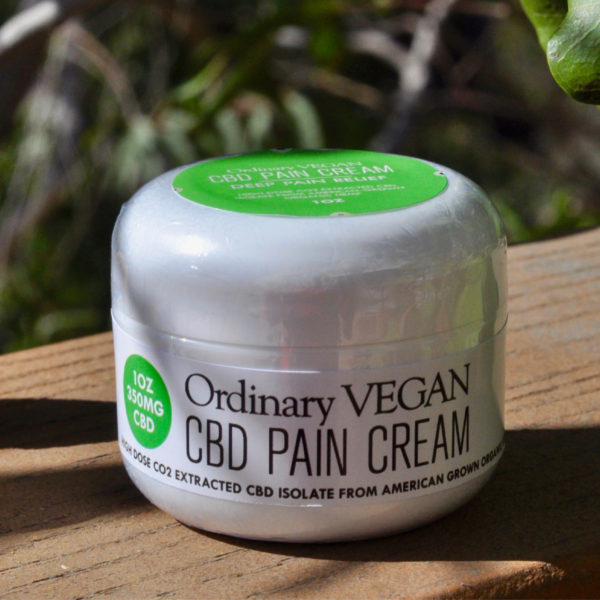

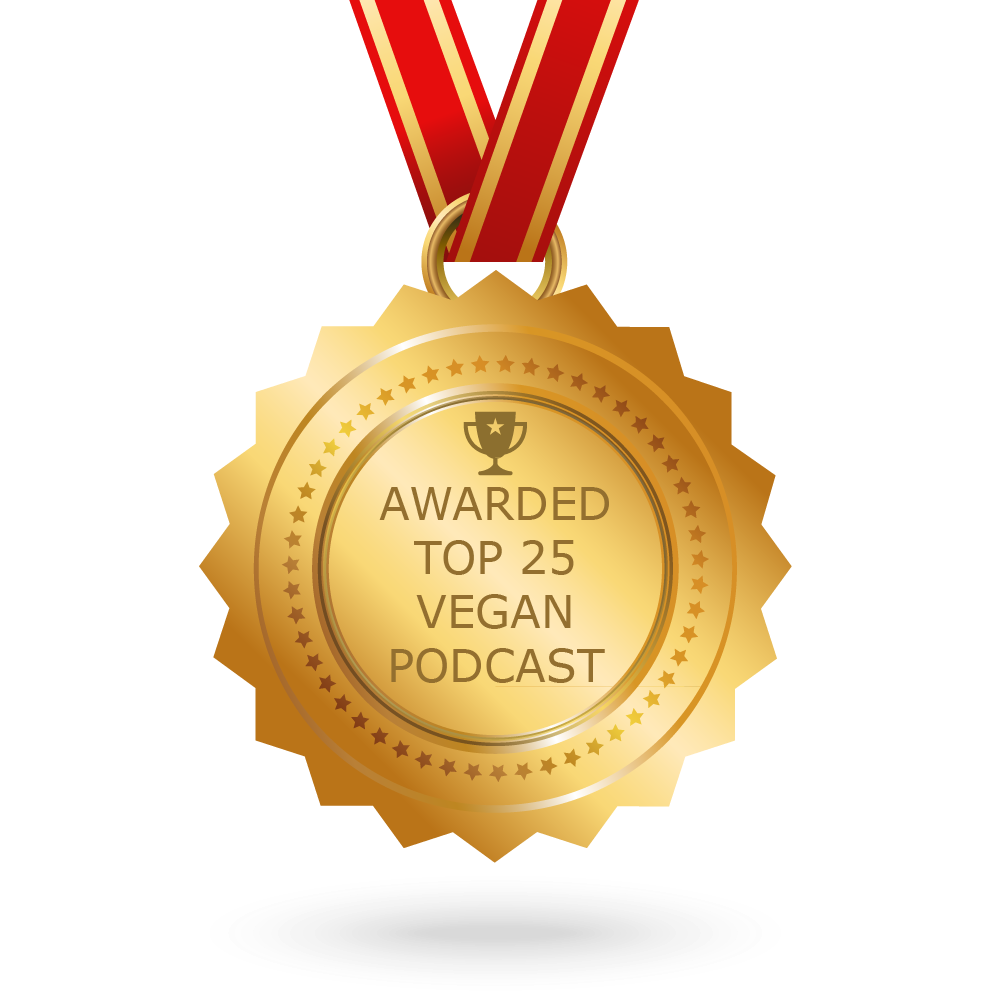

Nancy, this looks amazing! Jamie Oliver has a recipe to make preserved lemons, now I have a really good reason to make them. I’ve got some big glass jars begging to be used for just that reason. The book about breaking bad habits is now on my reading list, thank you. I’m not sure if you’ve ever heard of or read Nutrition and Physical Degeneration written by Weston Price but it’s an amazing observation of how cultures around the world started to have drastic health problems once processed foods were introduced to them. It’s part travel journal part science and completely alarming to read. It makes me so sad to know how much we are overfed and undernourished. Nice to know the truth so that we can make better decisions for ourselves and inform others too.
Marilyn – Thanks for posting – I am definitely going to read the Weston Price book – thanks for the tip
I love your list of bad habit-breaking ideas. One of my worst habits is negative self-talk, usually in my head. And I think we all share this habit. When I catch myself thinking that I won’t be able to get something right, learn something new, etc., I stop immediately, assess the negativity, and change the wording into positive affirmations.
Thanks Laura for the feedback – I agree – positive affirmations work!